Education
Eye Health Education
Stay informed about your vision and eye health with our helpful resources.
-
Fundus photo is a picture of the back of your eyes.
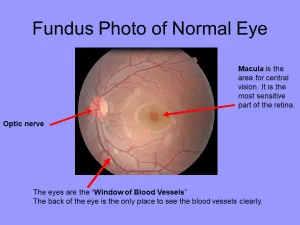
-
Myopia (nearsightedness) - Trouble seeing things that are far away
Hyperopia (farsightedness) - Difficulty seeing near objects
Astigmatism - difficulty seeing fine details and vision is out of focus
Presbyopia - loss of focusing ability comes with age
Amblyopia - vision is not correctable, even with best prescription glasses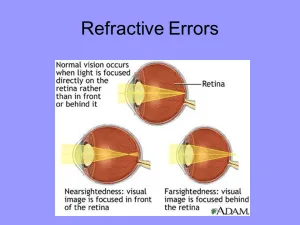
-
Uncontrolled Blood pressure can cause Hypertensive Retinopathy which is bleeding, leaking or any other changes int he blood vessel and retina. Usually there is no obvious symptoms in early stage
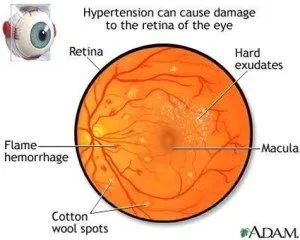
-
Long-term diabetes or uncontrolled diabetes can cause Diabetic Retinopathy (bleeding, leaking, and abnormal blood vessels). Symptoms:
- Usually no obvious symptoms.
- May have: Blurred vision and slow vision loss over time, Floaters, Shadows or missing areas of vision, Trouble seeing at night.
Eye Exam:
- Every 6 months or more frequent (Tight control of blood sugar).
- Immediate eye exam is necessary if you notice a change in vision or seeing floaters.
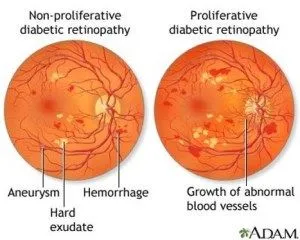
-
Dry eyes occur when the eyes fail to produce sufficient tears or when tears evaporate too quickly, causing discomfort and irritation. Thankfully, Eterna by Reveal Lasers can provide long-lasting dry eye relief. Unlike traditional eye drops, Eterna RF uses advanced Radio Frequency (RF) technology to restore the meibomian glands, improving tear quality and lubrication. By addressing the root cause of dry eye, it delivers longer-lasting results, making it an effective solution for many dry eye sufferers.
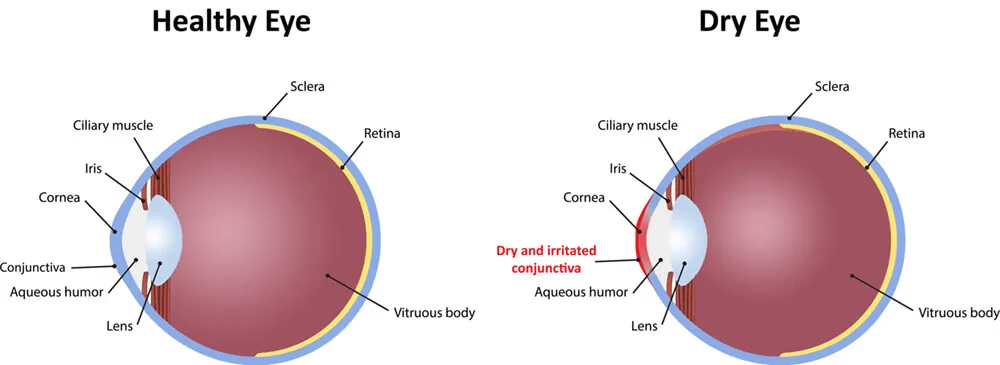
-
Glaucoma refers to a group of eye conditions that lead to damage to the optic nerve. Different Types of Glaucoma:
Open-Angle Glaucoma- Most people have NO symptoms until they begin to lose vision
- Gradual loss of peripheral (side) vision (also called tunnel vision)
Angle-Closure Glaucoma
- Symptoms may come and go at first or sudden, severe pain in one eye
- Decreased or cloudy vision
- Nausea and vomiting
Congenital Glaucoma
- Symptoms are usually noticed when the child is a few months old Glaucoma is treatable and it is crucial to detect glaucoma before permanent nerve damage. Risk of glaucoma includes: family history of glaucoma, age, diabetes, hypertension, & high myopia.
Eye Exam:
- Yearly comprehensive eye exam is necessary, since there are usually no symptoms for glaucoma.
- Every 6 months for glaucoma patients, glaucoma suspect with a family history of glaucoma, or patients over the age of 65.
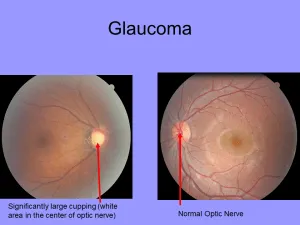
-
Cataract is part of the normal aging change of the eye. It is a clouding of the lens.
Symptoms:
- Might not have symptoms if it is a minor cataract
- Usually complaints of decreased vision (especially at night or in dim light), sensitive to light, seeing halos around lights, change in color vision
Eye Exam:
- Every 6 months for patients over age 65.
- (Avoid direct sunlight, not all cataracts require surgery unless vision is not correctable by glasses)
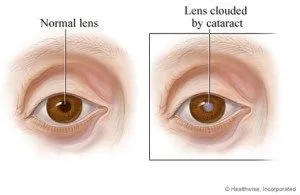
-
Retinal detachment is a separation of the retina from its supporting layers. People with high myopia and a family history of retinal problems are more susceptible.
Symptoms:
- Flashes of light
- Blurred vision
- Increased floaters
- Shadow or blindness in a part of the visual field of one eye
Eye Exam:
- Immediate eye exam
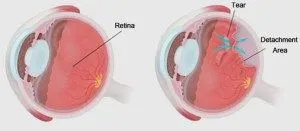
Frequently Asked Questions
-
Myopia also known as near-sightedness is the inability to see objects at a distance without the help of glasses or contact lenses. Myopia has been increasing in the younger population globally due to increasing amounts of near work and use of an electronic devices at a young age. Therefore, myopia has been recognized by as an epidemic. Not only does uncontrolled myopic progression affect a child's daily school and social performances, it will also increase their risks of having serious eye diseases later on in life such as retinal holes, retinal tears, retinal detachments, macular degenerations, glaucomas etc. However, with our advances in modern day technology we are able to control myopia and decrease the severeness of the disease by implementing optometric devices such as Corneal Refractive Therapy (CRT).

-
Corneal Refractive Therapy (CRT) is a FDA approved procedure in controlling myopia progression since 2002. This is a completely reversible process. The treatment includes a custom made contact lenses designed by a CRT certified eye doctor, patient only needs to wear CRT lenses while sleeping at night. Effectiveness of myopic control is heavily based on CRT lens design. Patients are expected to be free from wearing glasses and day time contacts in 1-2 weeks after the initial treatment. it is crucial to have annual eye examination especially for school age groups. Early diagnosis and preventive treatment in children are essential to ensure eye wellness and improve their future outlook on life.
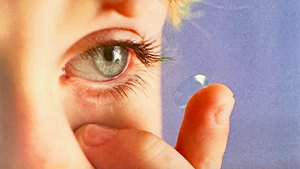
-
According to the World Health Organization (WHO), around 2.2 Billion people are suffering from eye blindness and vision impairment. Additionally, over a billion people across the globe suffer from vision impairment owing to be deprived of the care they require to treat conditions such as cataracts, glaucoma, and short and far sightedness, among others. The purpose of annual eye examination is to improve visual function and maintain eye health. It is also important to monitor and manage any changes from systemic diseases such as cardiovascular problem, hypertension, diabetes, thyroid disorders, etc.
- To insure that the eyes are healthy, yearly routine exam are recommended.
- Many eye diseases may not have any symptoms.
- Many eye diseases are preventable and treatable if detected early, such as glaucoma, cataract, macular degeneration, etc.
- For people with High Blood Pressure, Diabetes, High Cholesterol, more frequent eye exams may be necessary to lower the risk of damage and vision loss.
Our Eyes are the window to our health, it is the only place in the body where we can view the blood vessel with our naked eye. if you have Hypertension, Diabetes, High cholesterol or are older than the age of 45, we need to check your blood vessels through your eyes to monitor any changes.
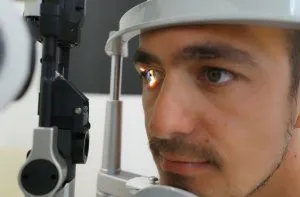
-
- Impaired visual acuity is common in preschool-aged children.
- First comprehensive eye exam should be done by 4-5 years old.
- If there is any visual impairment, it is crucial to be detected during the critical period (before age 7) of visual development and lead to interventions to improve vision, function, and quality of life.
